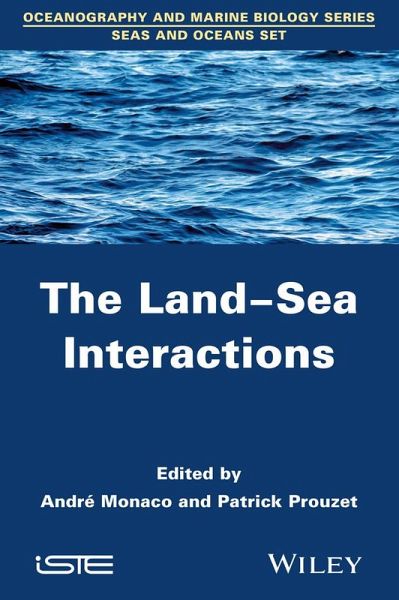
The Land-Sea Interactions
Versandkostenfrei!
Versandfertig in über 4 Wochen
159,99 €
inkl. MwSt.
Weitere Ausgaben:

PAYBACK Punkte
80 °P sammeln!
This book presents a systemic view of the diversity of pressures and impacts produced by climate change and human actions. Erosion of biodiversity by changing ocean chemistry, the intensification of global change raises the problem of the adaptation of living resources. Land uses induce ecological imbalances leading to asphyxiation true coastal ecosystems. More than a billion tons of solid waste must be assimilated by the marine environment and food webs. Radioactive discharges emitted into the atmosphere or into the aquatic environment, raise the question of their future. Sea and Ocean series...
This book presents a systemic view of the diversity of pressures and impacts produced by climate change and human actions. Erosion of biodiversity by changing ocean chemistry, the intensification of global change raises the problem of the adaptation of living resources. Land uses induce ecological imbalances leading to asphyxiation true coastal ecosystems. More than a billion tons of solid waste must be assimilated by the marine environment and food webs. Radioactive discharges emitted into the atmosphere or into the aquatic environment, raise the question of their future. Sea and Ocean series offers a transversal approach of the ocean system that leads to governance, sustainable resource management and adaptation of societies.



